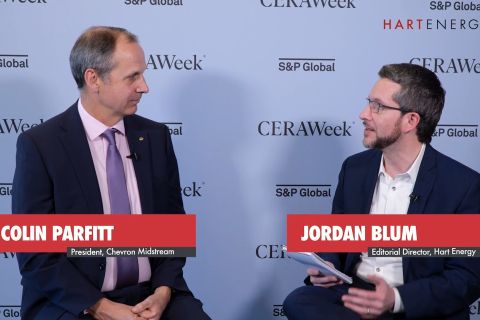GX Technology’s Reverse Time Migration (RTM) is a solution for exploration in subsalt prospects. RTM is not a new concept, but barriers to the introduction of the technology have been
.jpg) .jpg) |
|
| A subsalt image generated with conventional technology (top) shows poor imaging of salt flanks and subsalt structures. A subsalt image generated with RTM technology shows significant improvement in imaging salt flanks, even beneath the salt. (Images courtesy of GX Technology) |
bination with preprocessing, dedicated computational power and better handling of anisotropic conditions have turned RTM into a tool that is making an enormously positive impact in the imaging of salt flanks and subsalt for exploration and development programs.
Current migration methods face limitations in the presence of complex, steeply dipping reflectors such as those found on salt flanks. RTM overcomes these constraints, enabling structures with dips greater than 90° to be properly imaged. RTM works by running the wave equation forward in time for the source and backwards in time for the receiver. RTM properly propagates the wavefields through the most complex velocity regimes, including subsalt, for structures having very steep dips.
Recommended Reading
Russia Orders Companies to Cut Oil Output to Meet OPEC+ Target
2024-03-25 - Russia plans to gradually ease the export cuts and focus on only reducing output.
BP Starts Oil Production at New Offshore Platform in Azerbaijan
2024-04-16 - Azeri Central East offshore platform is the seventh oil platform installed in the Azeri-Chirag-Gunashli field in the Caspian Sea.
Exclusive: Chevron Balancing Low Carbon Intensity, Global Oil, Gas Needs
2024-03-28 - Colin Parfitt, president of midstream at Chevron, discusses how the company continues to grow its traditional oil and gas business while focusing on growing its new energies production, in this Hart Energy Exclusive interview.
Carlson: $17B Chesapeake, Southwestern Merger Leaves Midstream Hanging
2024-02-09 - East Daley Analytics expects the $17 billion Chesapeake and Southwestern merger to shift the risk and reward outlook for several midstream services providers.
Midstream Builds in a Bearish Market
2024-03-11 - Midstream companies are sticking to long term plans for an expanded customer base, despite low gas prices, high storage levels and an uncertain political LNG future.



